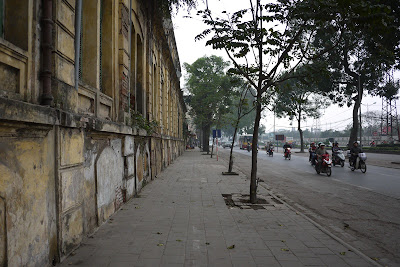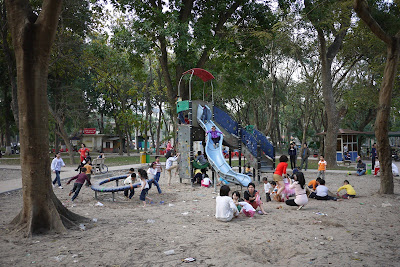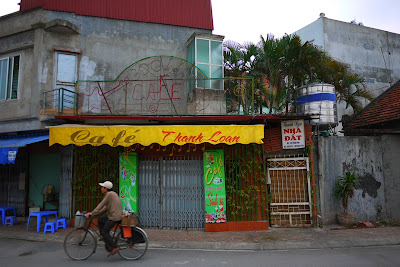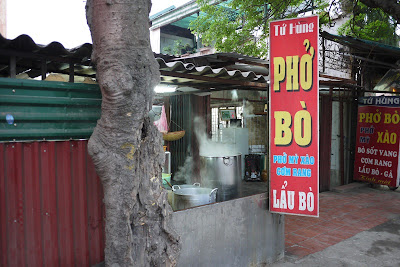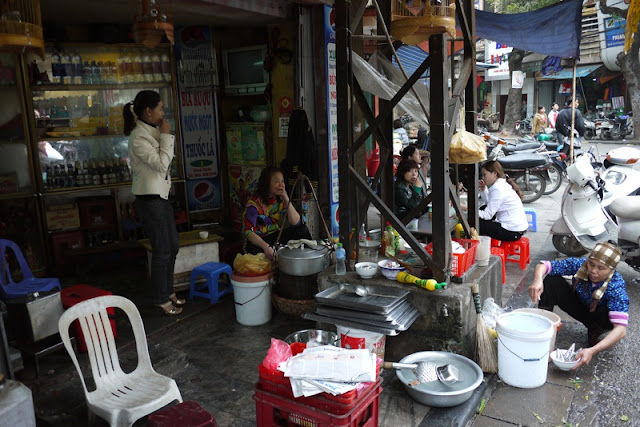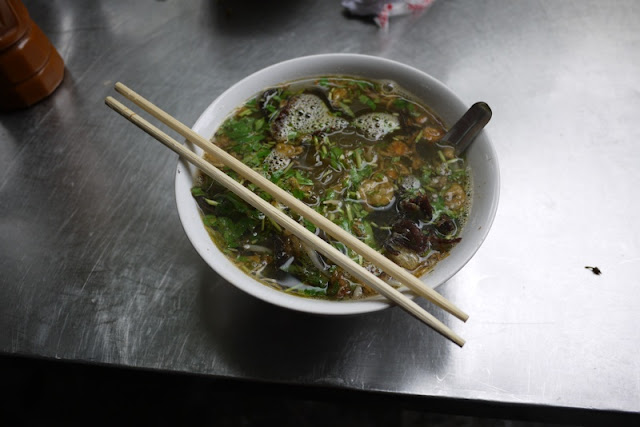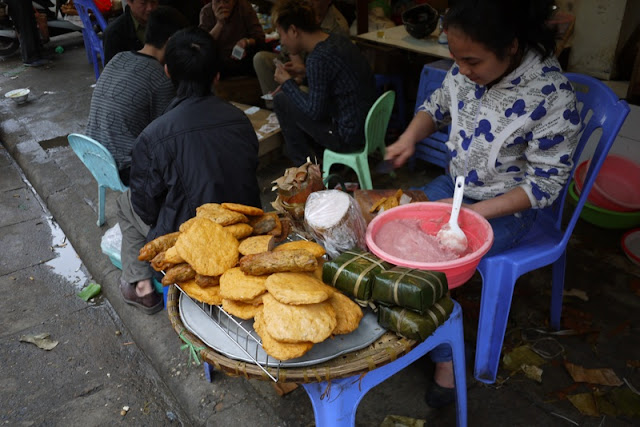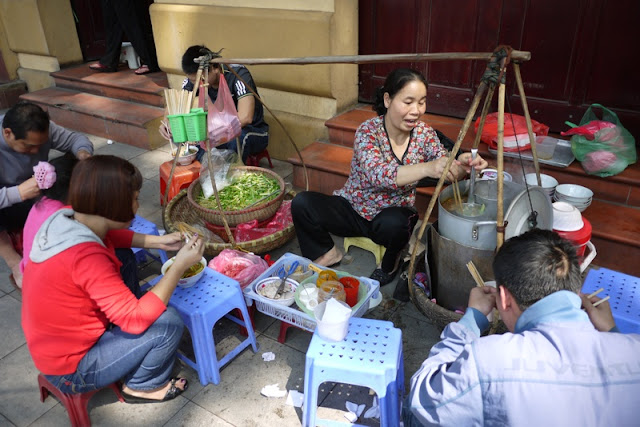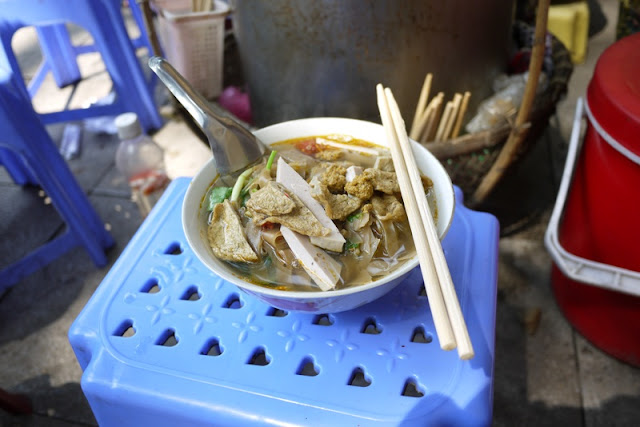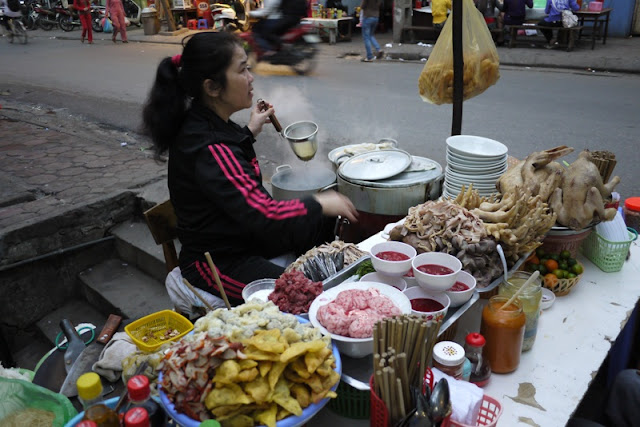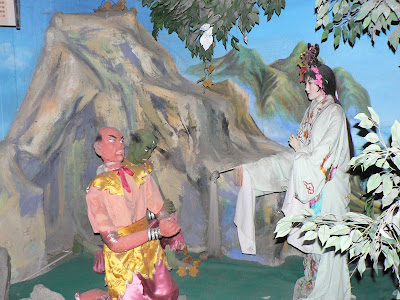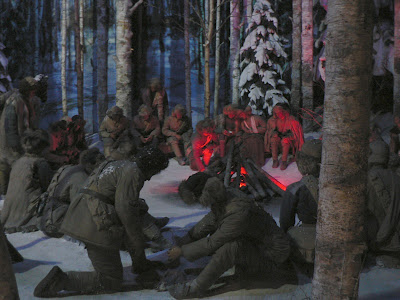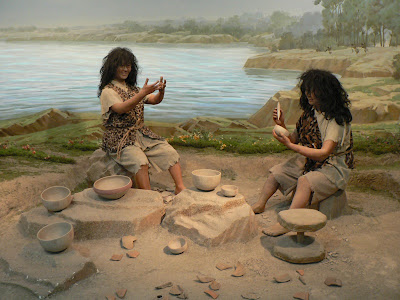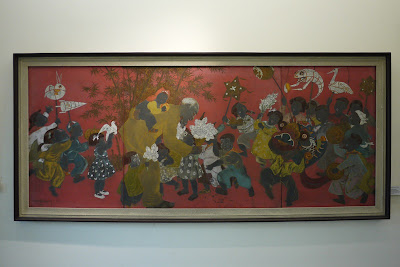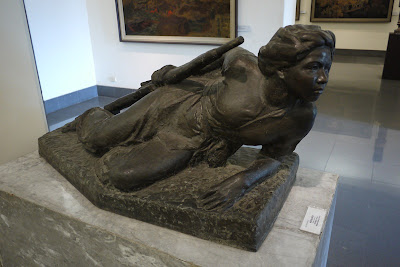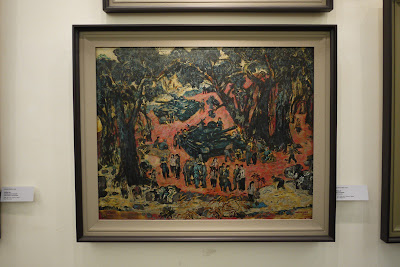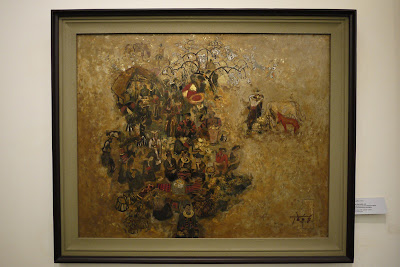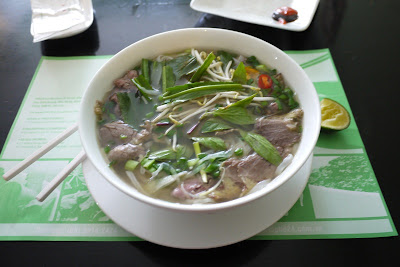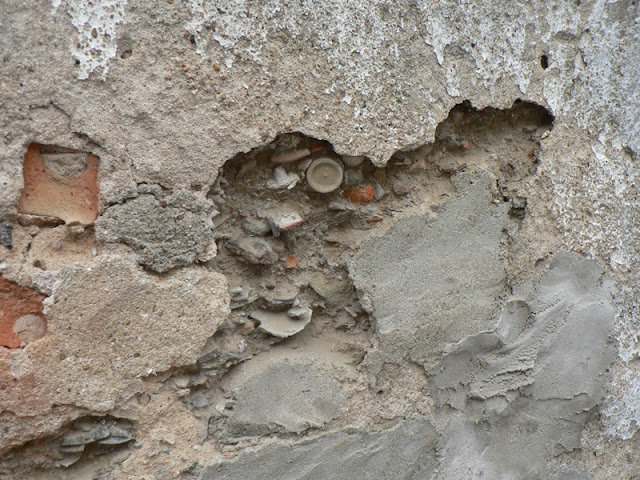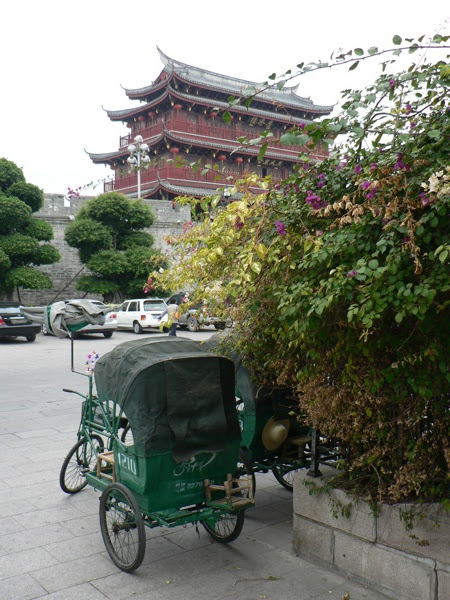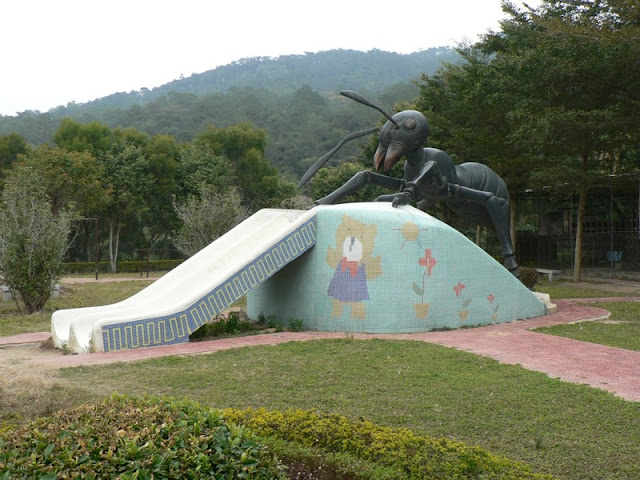[Note: Recently, I wrote some
posts regarding Google in China on James Fallows' blog. After adding some
additional thoughts and clarifications I decided I wanted to write a shorter version of the posts to more effectively highlight a key part of what I wanted to share and to allow a quicker read. Here it is...]
Last year, I spent a significant amount of time speaking to college students across China about a variety of topics to better understand their needs, desires, and concerns. One of the topics I explored was students' impressions of the events which surrounded Google in China last year (for a review, a series of posts by James Fallows
here covers many key moments). I would like to share some of what I found from conversations with Chinese students who had a positive opinion about Google as I think it can highlight how a single event can be perceived very differently between two groups of people -- even when they share some similar goals.
Before discussing those students, for context it's important to note that many Chinese students lacked any awareness of news related to Google or were not interested in the news because they believed the situation impacted their lives very little. For example, many students expressed little concern over any potential chance of Google leaving China. They either already used another company's services, such as Baidu, or they felt they could switch to another company's services without much hassle. Also, Google's refusal to continue censoring its results per government requirements mattered little to them. They either saw value in censorship or didn't feel such censorship impacted any of their needs for information.
However, some students I spoke to did believe that the events of last year mattered and many such students held Google in high regard. As in the words of one student:
"The people in Google always think 'We are Google' and that they can do anything they want. They think they are great. They have their own ideas. They can go their own ways. They can choose what to do...
I trust them because Google was the first search engine and it was their own idea and their own method. Baidu copied Google."
In addition to having a very positive image of Google, often these students felt that Google was "on their side". Like many students I spoke to across China, they readily criticized their government as corrupt. While most students felt powerless or first wanted their country to progress in other areas, some students believed Google might be one of the forces that could help bring about change in their government in the near future. When Google first announced its review of the feasibility of its operations in China, the students wondered if some of their hopes would soon be realized.
However, much changed after an event that shortly followed Google’s announcement -- a speech by Hillary Clinton which addressed topics such as censorship in China and cyber intrusions apparently supported by the Chinese government. Hillary Clinton's reference to Google in her speech particularly impacted the views of many students who had previously supported Google. The US government's public alignment of itself with Google helped fuel a perception that they were a single unit acting towards a single set of goals. Chinese students could readily accept the existence of such a close partnership due to the blurry line, if any, between government and much business in their own country.
Many Chinese students I spoke to often assumed that for any disagreement between the US and Chinese governments whatever the US advocated must be detrimental to China in some way. The students did not consider it a likely possibility that under such a circumstance the US could be advocating something it genuinely believed to be good for both the US and China. Due to it now be associated with the US government, Google and its actions were now viewed with more suspicion and it lost support amongst the students.
Hillary Clinton's speech may have actually been a gift to the Chinese government since it ended up distancing many of Google’s strongest supporters in China -- a group with many who also hoped for more reform. The students who had been impacted by the speech may in fact be a minority in China but a) there are likely non-students with similar views and b) they may represent a key block of citizens who would lead any effort for change in China. Although it's not clear whether Google had any control over the issue, based on what I learned if the US government wanted to maintain/strengthen Chinese citizens' support of Google and the ideals it represented to them then the speech was a mistake (at least in the short term) -- better had the speech never occurred or not so directly referred to the incidents surrounding Google in China.
However, many of the people in the US who wanted to see more reform in China saw Hillary Clinton’s speech as a strong step in the right direction or even as not strong enough. That many in the US apparently did not foresee the Chinese students' reactions shows the importance of having an understanding of the people you ultimately want to see influenced -- a particularly valuable lesson both for those who are trying to bring about change in environments around the world and for those who are trying to appreciate and evaluate such actions.





